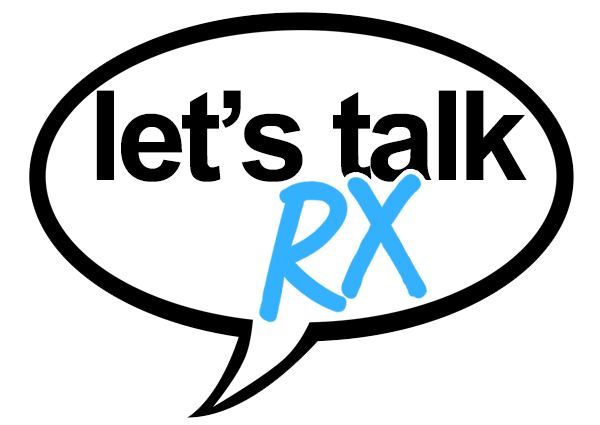Imagine your body as a high-performance engine. Just like a race car needs the right fuel at the right moment, your metabolism craves strategic protein timing to perform at its best. It’s not just about consuming protein—it’s about consuming it at the perfect moment to unlock your body’s full potential.
Let’s break down the protein puzzle. Your morning metabolism is like a sleepy teenager that needs a gentle but firm wake-up call. Enter the breakfast protein punch. Within an hour of waking, consuming 20-30 grams of high-quality protein can jumpstart your metabolic engine, stabilizing blood sugar and providing sustained energy. Think beyond the standard eggs and toast—Greek yogurt with nuts, a protein smoothie, or cottage cheese with berries can be game-changers.
But the protein magic doesn’t stop at breakfast. Post-workout nutrition is where the real transformation happens. Those 30-45 minutes after exercise are metabolic gold. Your muscles are like eager sponges, ready to absorb nutrients and repair themselves. This is the prime time to consume a protein-rich meal or shake. The combination of protein and a small number of carbohydrates creates an optimal recovery environment, helping build lean muscle and accelerate recovery.
Professional athletes and fitness enthusiasts have long understood this principle, but it’s equally relevant for anyone looking to optimize their health. Whether you’re a weekend warrior, a busy professional, or someone simply trying to maintain a healthy lifestyle, protein timing can be your secret weapon.
But here’s the fascinating part—it’s not just about muscle building. Strategic protein intake influences hormones, supports immune function, and helps maintain a healthy body composition. Your metabolism is a complex system, and protein is like a master conductor, orchestrating various bodily functions.
Don’t fall for the one-size-fits-all approach. Your protein needs depend on multiple factors: age, activity level, fitness goals, and overall health. A sedentary office worker will have different requirements compared to a high-intensity athlete. Listen to your body, experiment, and find what works best for you.
Practical tips? Keep it simple. Aim for protein sources that are minimally processed. Think whole foods like lean meats, fish, eggs, legumes, and dairy. Spread your protein intake throughout the day rather than consuming a massive amount in one sitting. Your body absorbs and utilizes protein most efficiently in moderate, consistent doses.
A word of caution: more isn’t always better. Excessive protein won’t automatically translate to more muscle or faster metabolism. Balance is key. Consult with a nutritionist or healthcare professional to determine your ideal protein intake and timing.
The beauty of protein timing is its accessibility. You don’t need expensive supplements or complicated meal plans. Small, intentional changes can lead to significant improvements in how you feel, perform, and recover.
Ready to transform your approach to nutrition? Start paying attention to when you eat protein, not just how much. Your body will thank you—one strategic bite at a time.
Pro Tip: Keep a food diary for a week. Note your protein sources, timing, and how you feel. You might be surprised by the patterns you discover!








